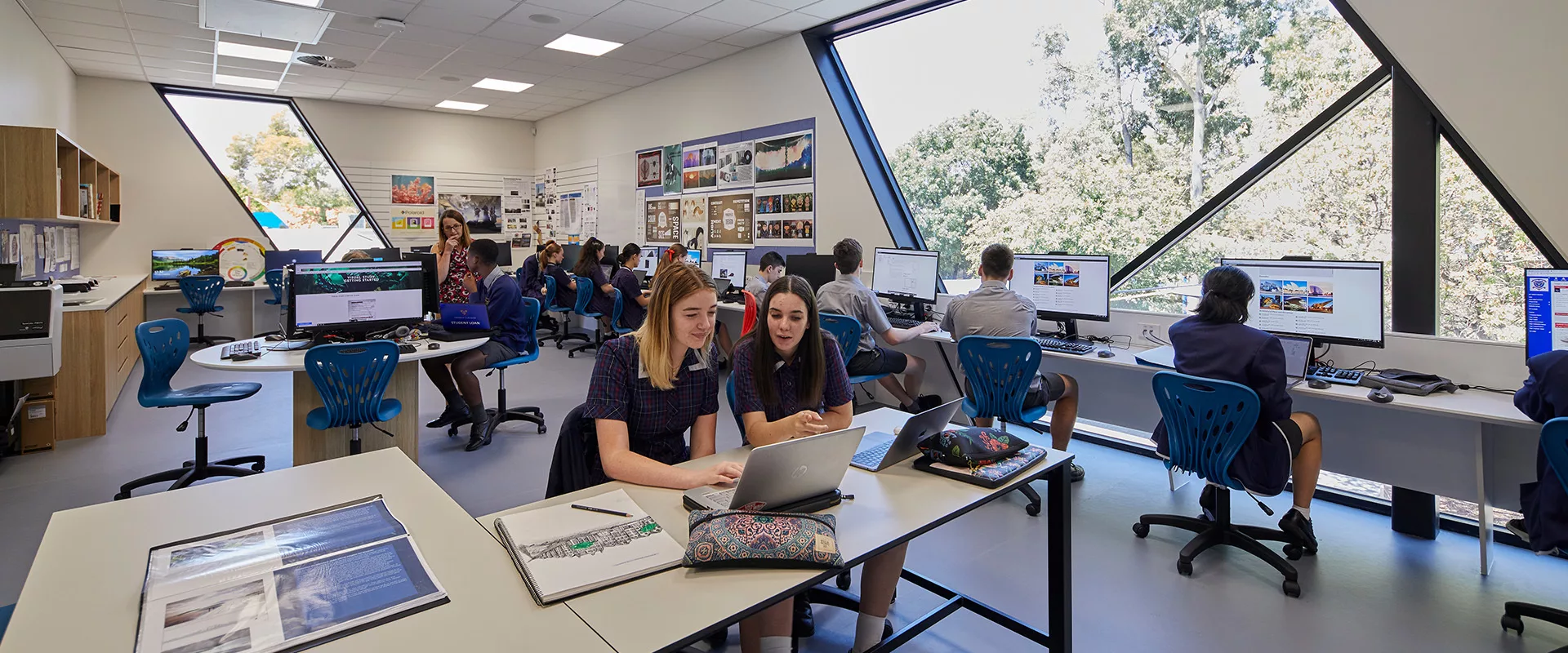Certificate in Future Oriented Learning
Engagement With Learning Using SMARTAR Goals With Year 5 Students
Goal-setting and action-planning constructs have grown in both popularity and functionality across various aspects of business and personal life. They can be utilised as a strategy in the corporate world to improve profit-related performance, and within an individual’s ‘tool kit’ to assist in personal growth in areas such as wellbeing, health and financial management.
Within the educational setting, they are employed in personal development plans (PDPs) and personal learning plans (PLPs) and are advocated as practice within ‘personalisation’ frameworks of the English and Welsh national policy agenda. (Day and Tosey, 2011). Similarly, within the Australian Curriculum General Capabilities (Foundation – Year 10), the ‘Self-management’ element of the ‘Personal and Social’ Capability advocates for students to ‘Develop self-discipline and set goals’ (Australian Curriculum, Assessment and Reporting Authority, 2018, version 8.4.)
This project was designed to analyse the effects of a purposeful introduction, teaching and implementation of SMARTAR Goals on student engagement with learning within a Year 5 cohort attending a Northern suburbs Adelaide Independent School. It was designed to glean information on how the use of SMARTAR Goals influenced students’ attitudes towards learning, by incorporating processes of co- and individually-designed SMARTAR Goals; and the students’ ability to analyse and review their progress as they moved through the SMARTAR Goals, focusing on a mindset of moving forward/stepping back as compared to success/failure. To assist in the collection of data the School Attitude Survey (Kennedy, Quinn and Taylor, 2016) was used to capture a measure of student attitudes towards the subject.
This intervention plans to use the novel data to explore possible future expansion of Goal-setting procedures within other student cohorts, including, but not limited to Year Levels, students with disability, and those that opt for particular and specific educational pathways.
Authored by former Year 5 Teacher Daniel Amey


